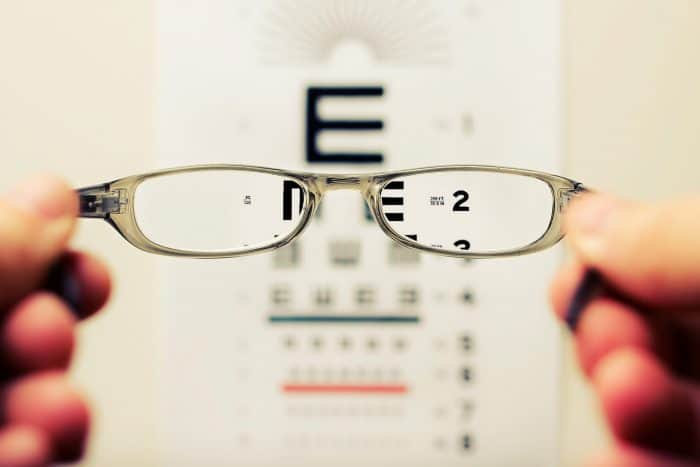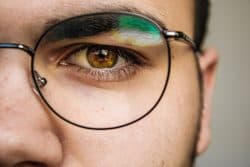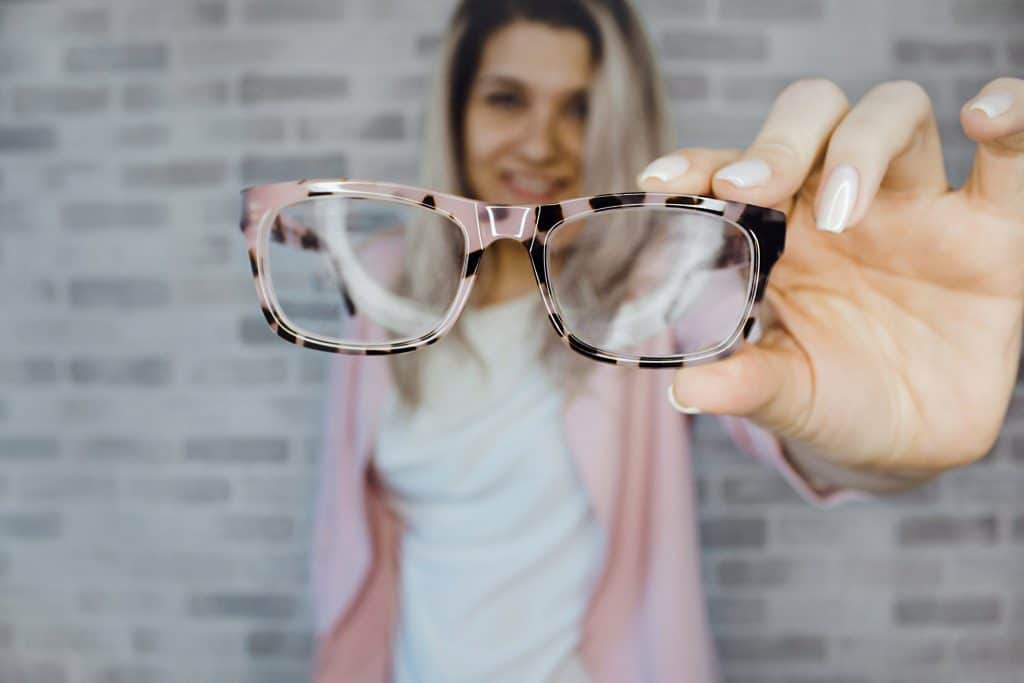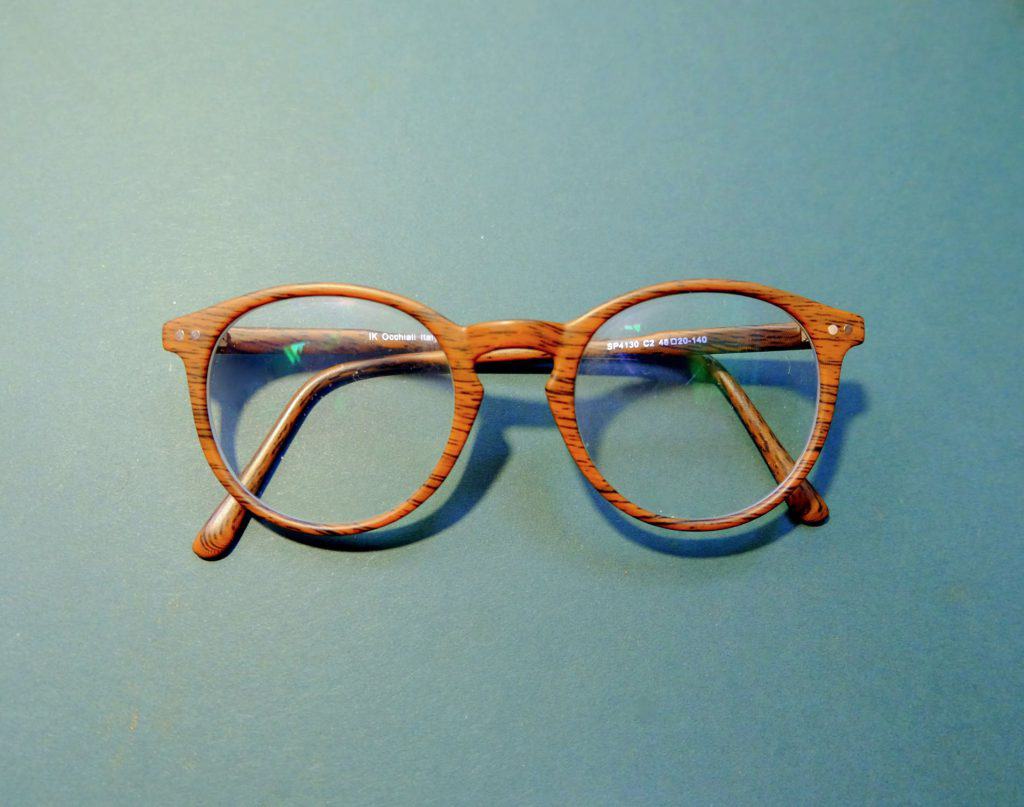Chances are that you have a friend, family member or co-worker who has undergone laser eye surgery and had tremendous results that they rave about! With hundreds of thousands of Lasik surgeries conducted every year, many people wonder if they, too, are a good candidate for this surgery.
LASIK or Laser in-Situ Keratornileusis treats refractive errors by removing corneal tissue beneath the surface of the cornea. This procedure combines the accuracy of the excimer laser with the benefits of Lamellar Keratoplasty (LK). LK has been performed on a limited basis since 1949 to correct higher levels of nearsightedness and moderate amounts of farsightedness. Here are some factors to consider for your fit as a candidate for Lasik surgery.
- General Health – Candidates should generally be in good health and over the age of 18. Certain conditions such as heart disease, uncontrolled diabetes, and autoimmune diseases may call into question the safety of such a procedure so discuss your complete medical history with our staff prior to deciding on whether this is right for you.
- Eye Conditions – Before considering a candidate for Lasik, one of our experienced ophthalmologists will confirm the health of your eyes. For example, people considering Lasik should be free of eye diseases such as: keratoconus, glaucoma, cataracts, corneal disease and certain retinal and optic nerve diseases. They should also have no current eye infections or herpes of the eyes. In addition, an eye doctor will evaluate a candidate for diseases that may impact the healing process.
- Other Considerations – Women who are pregnant or nursing should wait until after they have begun menstruating again (3 month cycle) and after they have completed nursing. The hormone level can impact the prescription strength. All candidates should be able to lay on their back for the procedure. In addition, people who suffer from claustrophobia may find the procedure difficult and should consider whether they are mentally able to undergo the procedure. Contact wearers will also need to follow specific guidelines on how long before the procedure they should avoid wearing contacts.
While Lasik surgery does not guarantee 20/20 vision after the procedure it can greatly reduce a patient’s dependency on glasses or contact lenses. Contact Boston Eye Physicians and Surgeons at 617-232-9600 or visit our website at BEPSEye to find out if you are a good match for Lasik.







